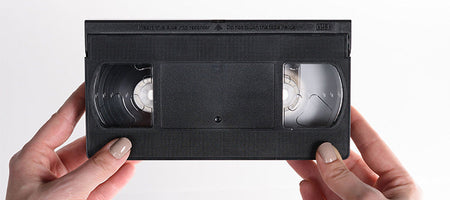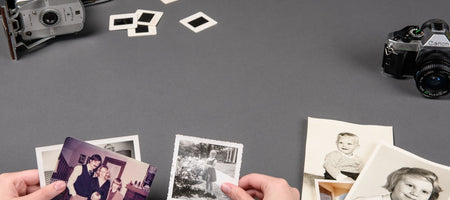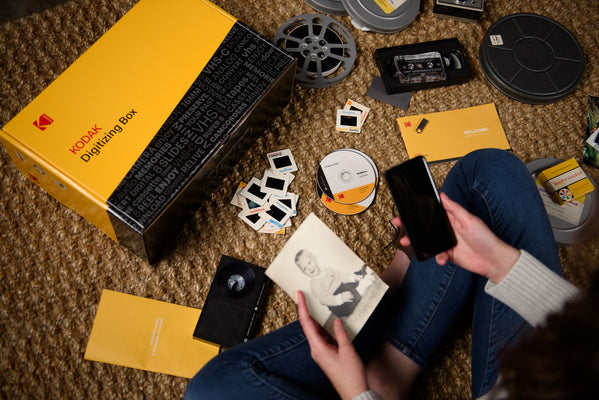Most of us will watch at least one video every day. Whether we are watching our favorite YouTuber, surfing the channels for a great TV show, scrolling through videos on Instagram, or looking at home videos our mothers send to us, our lives are inundated with video technology, and it’s been this way for a while now.
So when did the video frenzy start? What steps has video technology taken to get to where we are today? Let’s take a look.
The first real example we have in history of video technology is the invention of the first fax machine. In 1843, Scottish inventor Alexander Bain was experimenting with transmitting electric signals from a two-dimensional surface onto another two-dimensional surface. He used a transmitter and a receiver which were connected by a wire cable and had pendulums swinging in synchronization. On the transmitter side, there was a metal sheet with an image engraved on the surface in iron. As the pendulum swung back and forth across the metal sheet, the iron design was picked up by the transmitter and sent to the receiver side. The pendulum on the receiver side then copied the image as it swung across its own metal plate. Many historians consider Bain the father of television for this invention because he created scanning technology.
However, this scanning process was very slow, much too slow to capture and transmit moving images to a receiver. In 1884, a German engineering student named Paul Nipkow created a disk that could scan at a much faster rate. Nipkow’s disc has a spiral of holes on the outer edge of the surface, and when a light was projected behind the spinning disk, the holes would scan whatever was in front of the disk. The scan could be transmitted from the disk to a receiver through an electrical wire. The receiver would modulate the brightness of the scan and a synchronized Nipkow disk which would pick up the scan and recreate the image sent from the transmitting side.
Nipkow’s disk is noted to be the first real scanner of moving images, but the quality of the transmitted image was extremely poor. This mechanical transmission of images was phased out entirely in favor of electrical transmissions.
The cathode-ray tube was the next step in the timeline if video technology. Karl Ferdinand Braun invented the cathode-ray tube in 1897, which was a specialized glass vacuum tube with an electron gun. The electron gun would shoot electrons at a phosphorescent screen. The beam of the electron gun was scanned from top to bottom and left to right onto the screen, presenting the transmitted image on the screen. This system was eventually used to broadcast black-and-white television. Eventually, with the invention of technicolor, color television was produced. Fun fact: the cathode-ray tube is the reason television sets used to be referred to as the “tube” and represents the “tube” in YouTube.
Video cameras were in existence for many decades before videotape was ever invented. Live television broadcasting which used cathode-tube rays to transmit images occurring in real-time were transmitted to television sets around the world instead of being filmed before broadcasting. This was why television was so revolutionary - it allowed for live broadcasts of major events.
When videotape recorders were invented, camcorders with tape recording technology became widely available to the public and were immensely popular. Camcorders used magnetic tape in VHS tapes to record moving subjects onto the tape, which could be played back on the camcorder itself or on a VCR system. Tape camcorders were the reigning form for video recording in many production studios and for amateurs until digital video recording became a possibility.
Now that we live in the digital world, we probably don’t think much about how video used to be made, but the earliest inventions in video technology were integral in future engineers’ abilities to create modern digital video technology. Without Bain and Nipkow, we wouldn’t have television broadcasting, VHS home movies, YouTube, or Instagram videos. We owe our entertainment to them!













